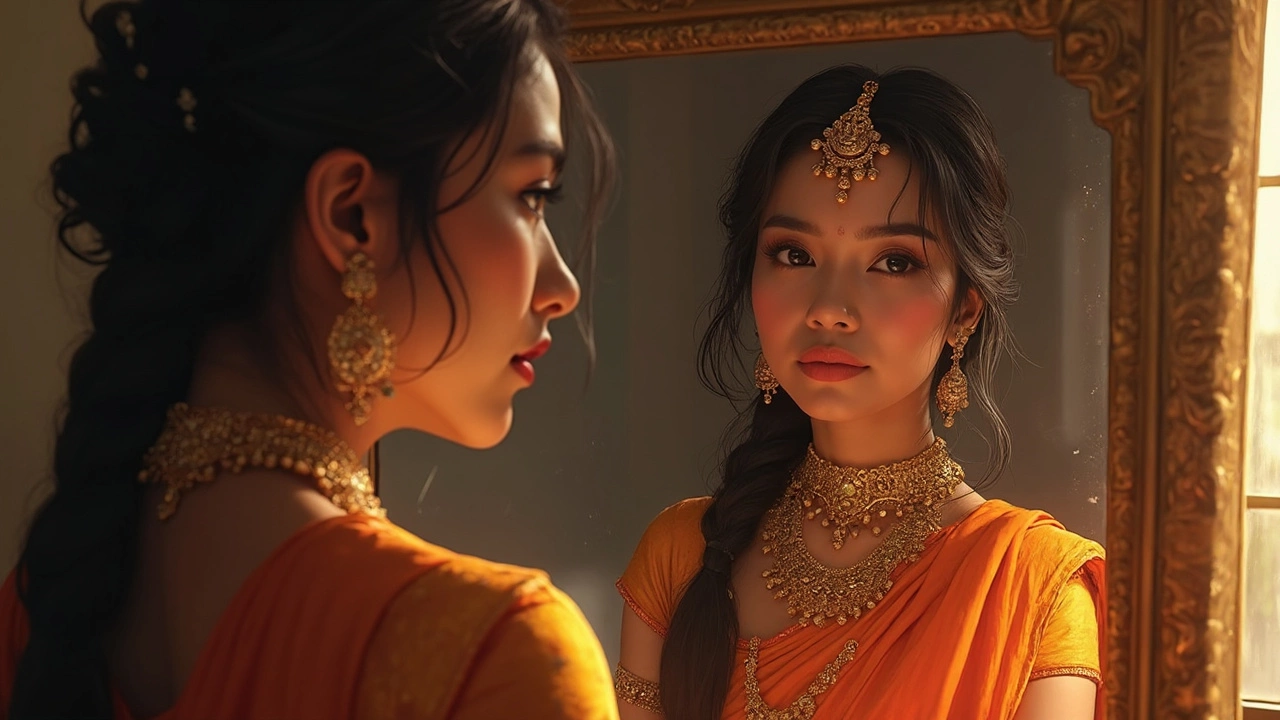Mirror Image: How to Flip, Edit & Print Photos Perfectly
Ever taken a shot and thought, “This would look better the other way around”? A mirror image – basically a horizontal flip – can instantly change the mood of a picture. It’s a simple trick, but many people skip it because they don’t know when or how to use it. In this guide we’ll cover why you’d want a mirror image, the fastest ways to create one, and how to get the best print results at Mumbai Digital Print & Photo Services.
Why Use a Mirror Image?
Flipping an image does more than just swap left and right. It can:
- Balance composition. If a subject is looking off‑center, a mirror flip can place them in a more pleasing spot.
- Match real‑world orientation. Think of a product photo where the logo reads correctly only after flipping.
- Create visual interest. A mirror image adds a subtle surprise that catches the eye, especially in social media feeds.
In photography, you might flip a portrait so the model’s dominant hand appears on the right, making the pose feel natural. In printing, a mirrored logo can fit a banner layout without redesigning the artwork.
How to Create a Mirror Image Quickly
Most smartphones and free apps let you flip a photo in a few taps. Here are three hassle‑free options:
- Phone gallery editor. Open the image, tap edit, look for the “rotate/flip” icon, choose “horizontal flip,” and save.
- Free online tools. Websites like PhotoFlip or Pixlr let you upload, flip, and download in seconds – perfect if you’re on a laptop.
- Desktop software. In Photoshop, go to Edit → Transform → Flip Horizontal. GIMP and Paint.NET have similar commands.
After you flip, double‑check that any text isn’t now backward. If it is, you’ll need to re‑type it or use a true “mirror” effect that keeps the text readable.
Once your mirror image looks right, it’s time to think about printing. Choose a high‑resolution file (300 dpi or higher) to avoid blurry prints, especially for large formats like posters or banners.
At Mumbai Digital Print & Photo Services we handle mirror‑flipped files the same way as any other image. Just upload the edited file through our online portal, and we’ll take care of color correction, paper choice, and finishing options. If you need a proof before the final run, request a soft‑proof email – it’s free and gives you a quick visual check.
Pro tip: When printing on glossy photo paper, a mirrored image can sometimes look darker on the edges because of light reflection. Ask our team to add a slight bleed or use a matte finish if you want an even look.
Now you have the basics: why a mirror image works, how to flip it on any device, and what to watch for when printing. Next time a photo feels a little off, try the mirror trick – you’ll be surprised how much it can improve the final result.
